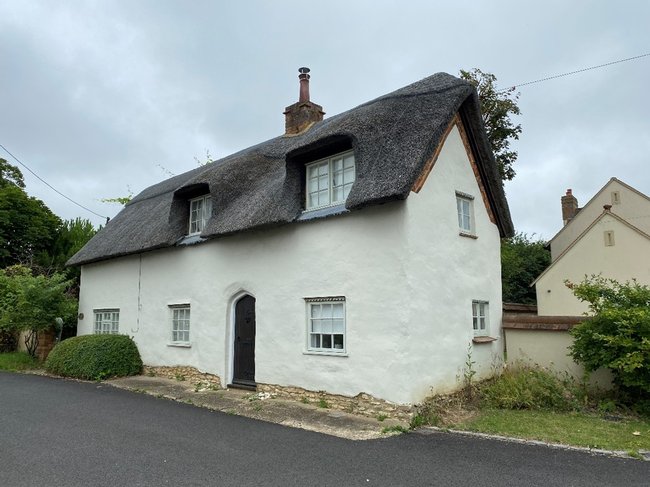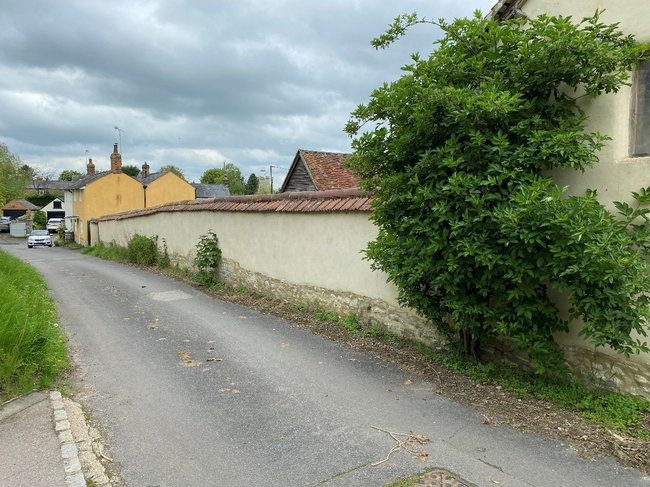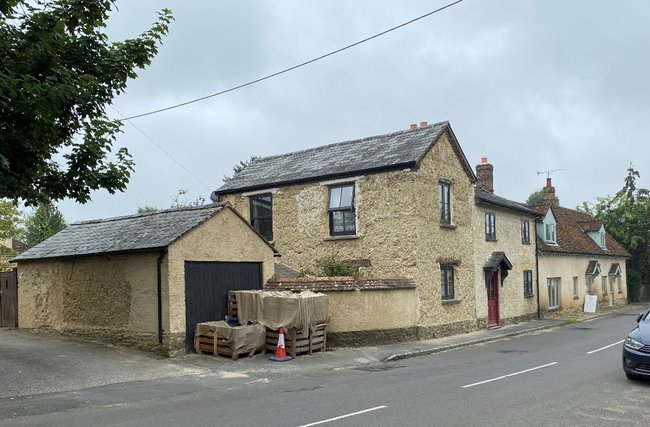How to Care for Your Witchert Building

Witchert buildings are a unique and historic feature of the Aylesbury Vale area, showcasing a traditional earth building material that has stood the test of time. If you’re lucky enough to own one of these charming structures, proper care and maintenance are essential to ensure their longevity. This blog will guide you through the basics of witchert buildings, common issues, and best practices for preservation.
What is Witchert?
Witchert, also known as wychett, means "white earth" and is a local earth building material similar to cob. Found in areas like Long Crendon, Haddenham, Chearsley, Cuddington, and Aylesbury, witchert is made from decayed Portland limestone and clay mixed with water and chopped straw. This mixture creates a high-quality walling material used primarily in the 17th and 18th centuries, with some buildings constructed as recently as 1920.
Witchert walls are built on a plinth of rubble stones, locally called "grumplings," which prevent rising damp and allow rainwater to drain away. The walls are constructed in layers, or "berries," and may be rendered for decorative purposes.
The Importance of Good Boots and a Good Hat
A common saying in earth building literature is, "All an earth wall needs are good boots and a good hat to keep it dry." This means that proper foundations (boots) and roof coverings (hat) are crucial to protect witchert walls from dampness. Traditionally, walls were topped with thatched roofs, but many now feature clay tile copings.
Copings are protective caps or covers placed on the top of boundary walls to prevent water infiltration and enhance durability. They are typically slanted or curved to shed water effectively, protecting the wall from weather damage.
Grumplings are typically rubblestone foundations at the base of witchert walls to provide additional stability and drainage. They play a crucial role in maintaining the structural integrity of the wall by improving stability, drainage, and protection against frost, as well as adding aesthetic appeal.

Common Problems with Witchert Walls
Modern materials like cement, dense plasters, and impervious paints can cause significant issues for witchert buildings. These materials trap moisture, prevent walls from breathing, and lead to structural damage. Common causes of dampness include:
- Defective gutters, downpipes, and drains.
- Splash-back from hard surfaces or traffic.
- Ground levels built up above the grumplings.
- Cement pointing in grumplings, which traps moisture.
- Modern wallpaper and paints that prevent walls from breathing.
- Cracked cement renders that attract and trap moisture.
Essential Maintenance Tips
To keep your witchert building in good health, follow these maintenance practices:
- Roof and Drain Repairs: Ensure gutters, downpipes, and drains are maintained and functioning properly.
- Grumplings Care: A qualified professional should carefully remove cement pointing and repoint with lime mortar. Avoid soil build-up above the grumplings.
- Render Removal: Remove cement render and modern plasters, allowing walls to breathe. This should only be undertaken by qualified professionals in a carefully staged approach to avoid any chances of catastrophic structural failures.
- Avoid Hard Surfaces: Remove concrete paths under thatch eaves to prevent splash-back.
- Use Traditional Materials: Repairs should use matching witchert materials or lime-based renders and plasters. The use of similar earth materials such as cob should be avoided when repairing witchert as these can react very differently to changes in moisture and temperature causing further issues.

Appropriate Render and Finishes
For house walls, traditional lime-based roughcast or smooth renders are ideal. These materials provide porosity and flexibility, allowing the walls to breathe. Finishes like lime wash or earth slurry can be applied for decorative purposes. Avoid using chicken wire or metal laths, as they create long-term problems.
Damp Proof Courses and Underpinning
Never introduce damp proof courses (DPCs) or underpinning to a witchert building. These interventions can trap moisture, impede thermal movement, and lead to structural failure. If advised otherwise, seek guidance from a qualified heritage professional experienced with witchert buildings, or your Local Planning Authority’s heritage team.
Consents for Alterations
Many witchert buildings are statutory listed or locally listed, and located within conservation areas, requiring consent for alterations or extensions. Contact your Local Planning Authority’s heritage team before starting any work to ensure compliance with regulations.
Summary
Witchert buildings are a testament to centuries-old craftsmanship and offer excellent insulating qualities. Proper care involves using traditional materials, maintaining grumplings and roof coverings, and avoiding modern materials that trap moisture. Remember, "All an earth wall needs are good boots and a good hat to keep it dry." Preserving a witchert building is not just about maintaining a structure—it’s about safeguarding a piece of history. With the right care, your witchert building can continue to stand as a beautiful and functional reminder of the past.